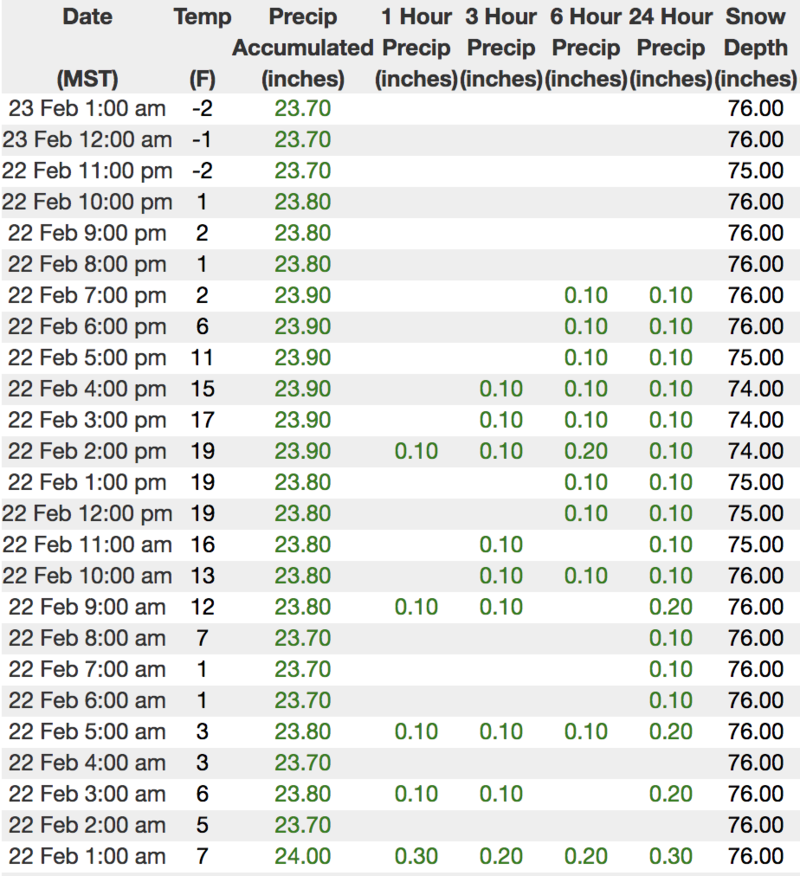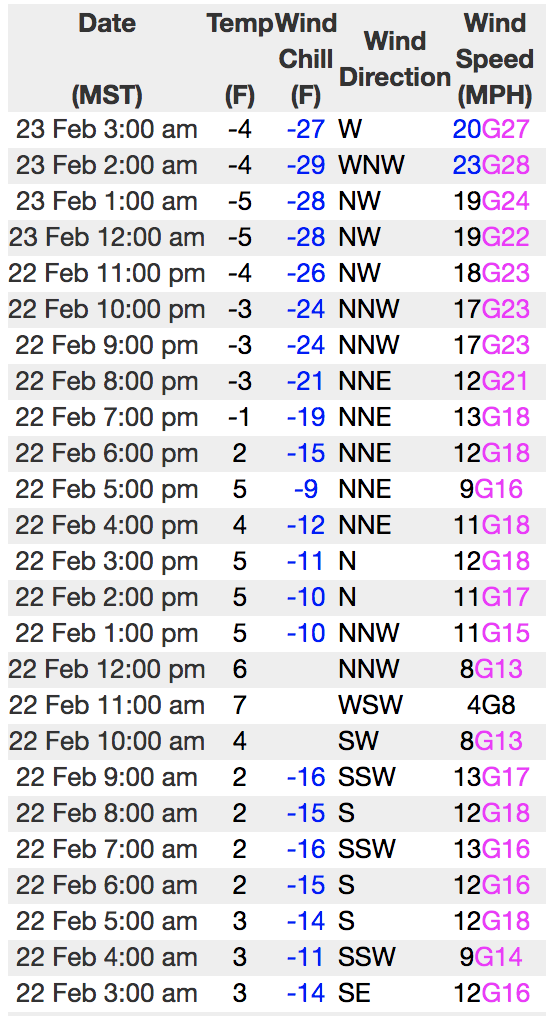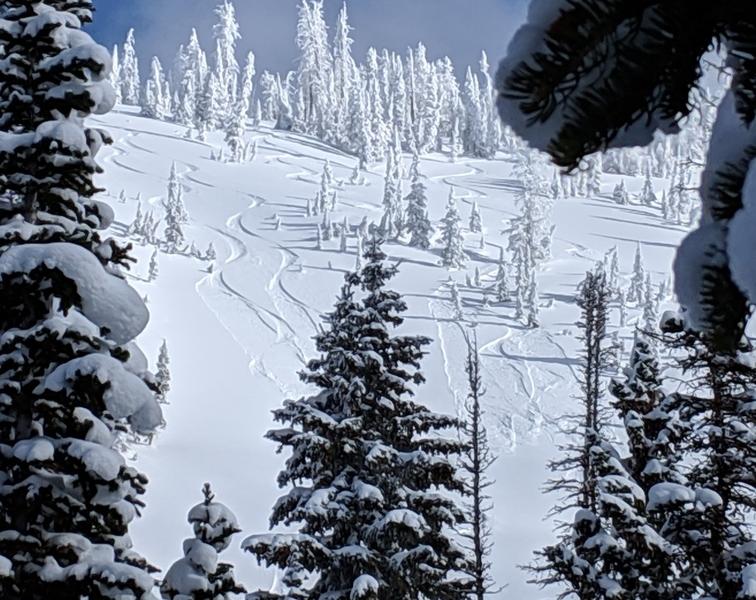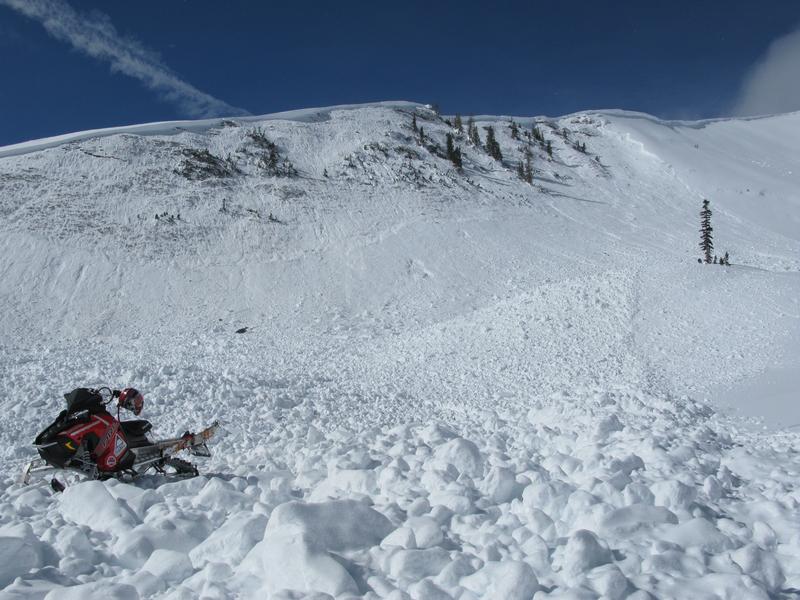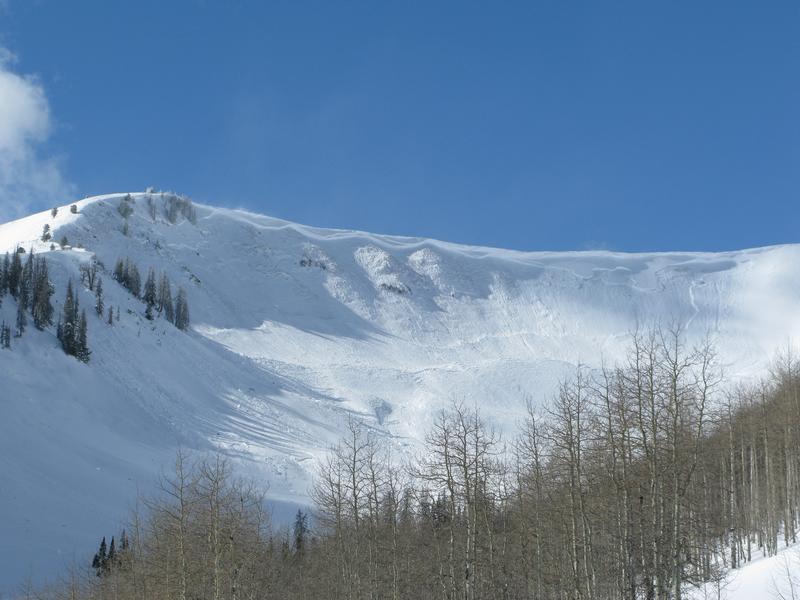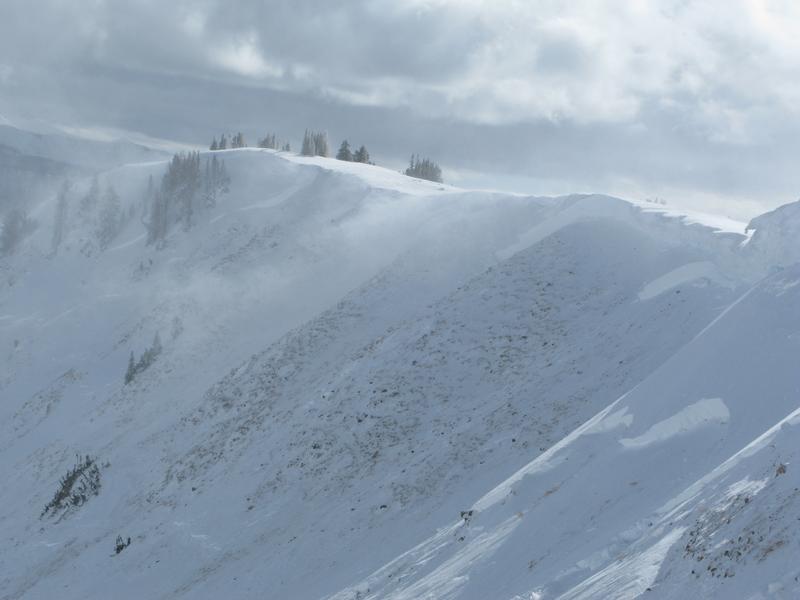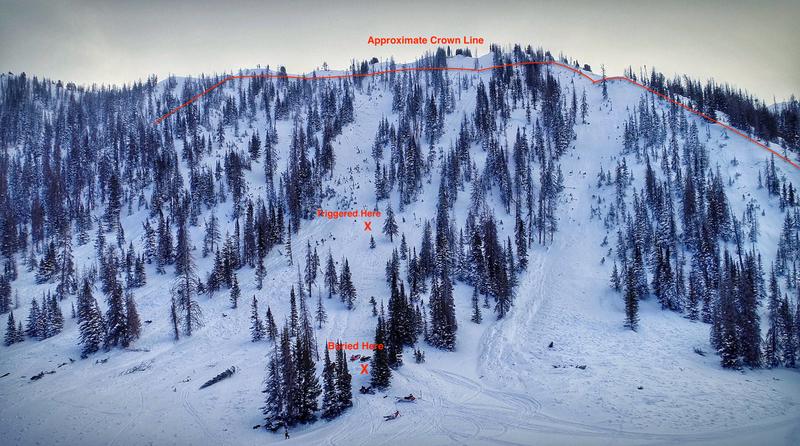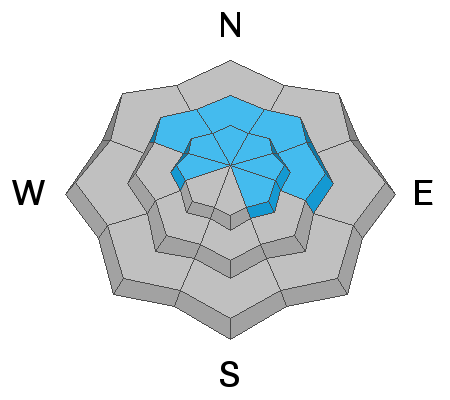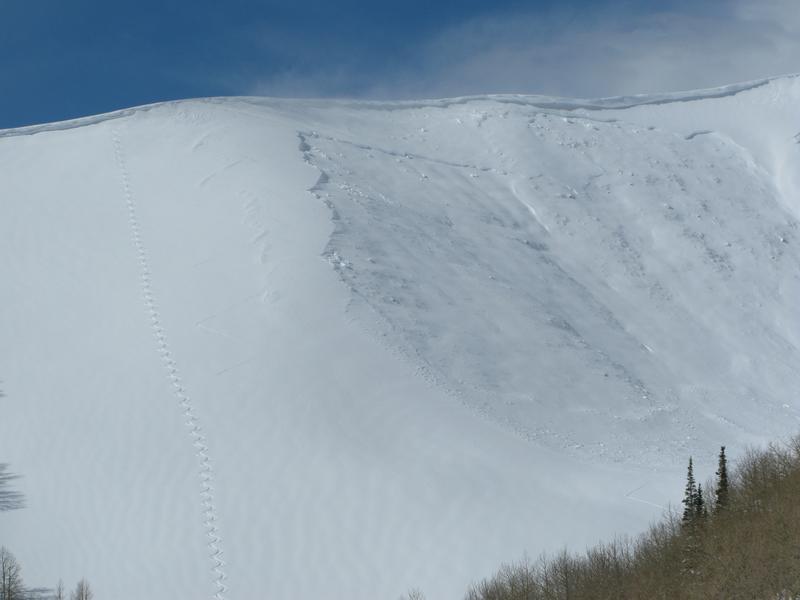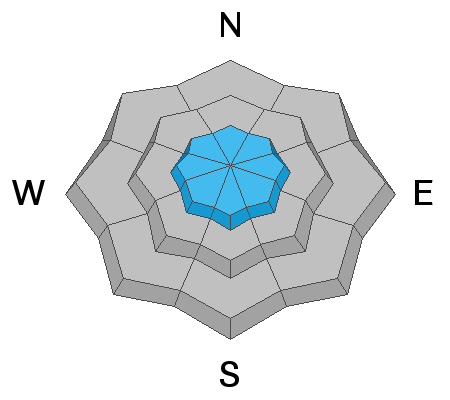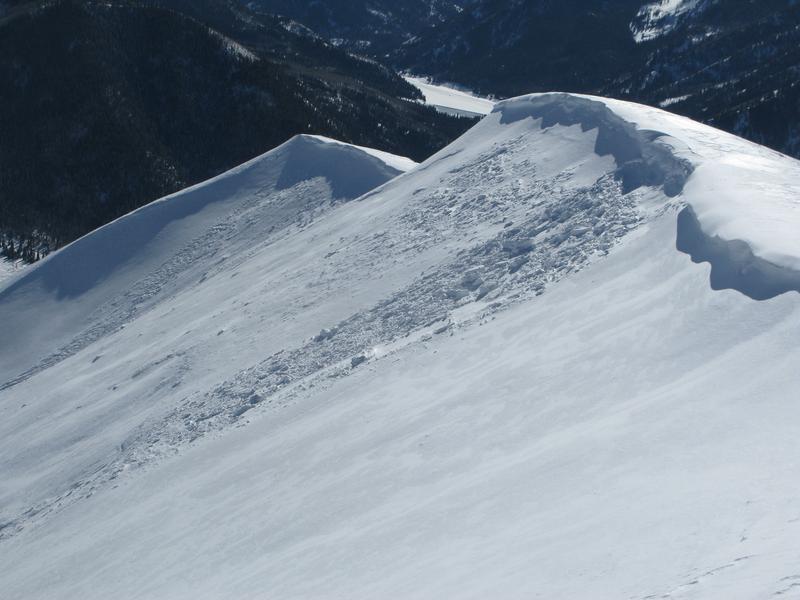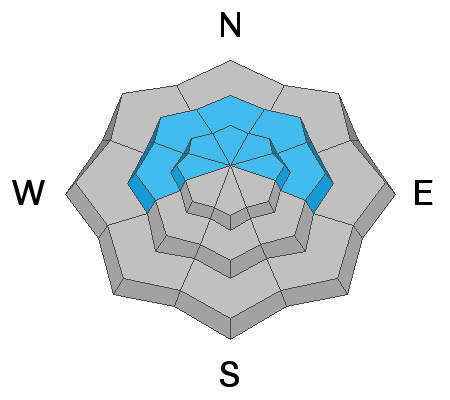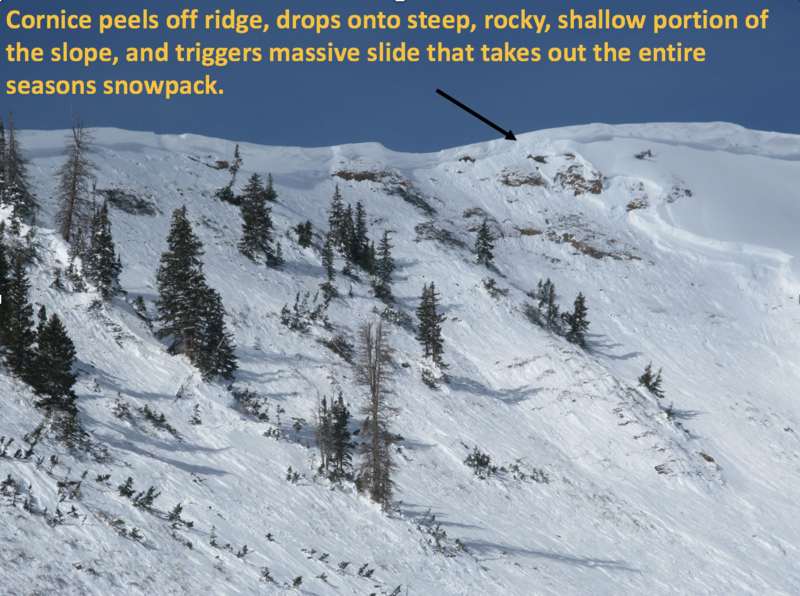Forecast for the Uintas Area Mountains

Issued by Craig Gordon on
Saturday morning, February 23, 2019
Saturday morning, February 23, 2019
While not widespread and making up a small portion of the terrain available to ride today, in the wind zone, at and above treeline, you'll find pockets of CONSIDERABLE avalanche danger. Human triggered avalanches are LIKELY on steep wind drifted slopes, especially those facing the north half of the compass and particularly those with an easterly component to their aspect. Any avalanche that breaks into deeper buried weak layers near the ground will result in a deep, dangerous, and quite possibly unsurvivable avalanche.
You'll find MODERATE avalanche danger on steep, mid elevation, wind drifted slopes and human triggered avalanches are POSSIBLE.
Your exit strategy and ticket for a safer riding alternative exists on low angle, low elevation terrain, especially slopes facing the south half of the compass with no steep terrain above or adjacent to where you're riding. In terrain with these characteristics you'll find generally LOW avalanche danger and human triggered avalanches are UNLIKELY.
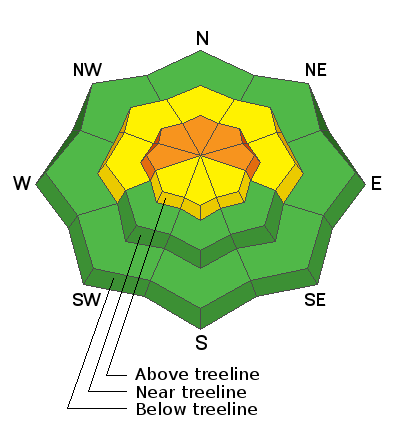
Low
Moderate
Considerable
High
Extreme
Learn how to read the forecast here


